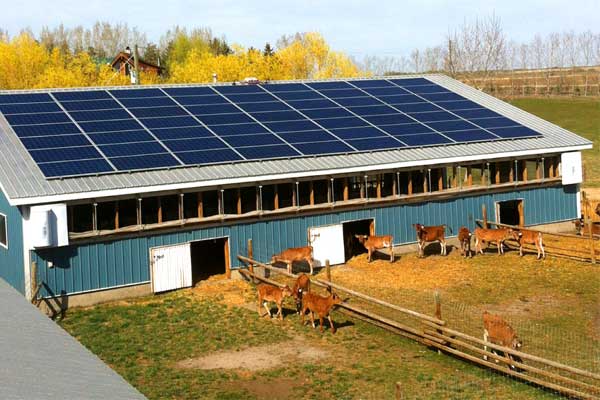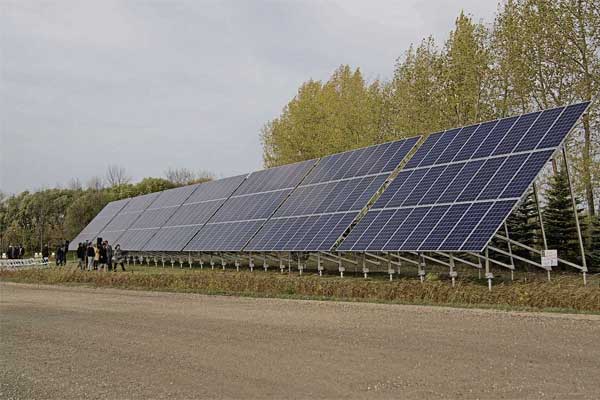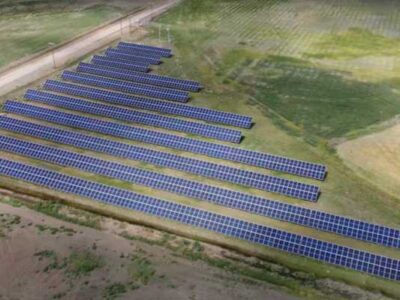In recent months, solar power and other renewable energy projects have been picking up steam within the Western Canadian provinces.
Consider Alberta.
In late December 2017, reports indicated that the province would have the most extensive Western Canadian solar plant. At the cost of $30 million, the Brooks, Alberta solar farm, has 50,000 panels, and powers 3,000 homes with clean electricity.
This, solar project and many others in the region prove that Alberta is moving away from fossil fuels and towards renewable energy. Part of this shift is attributed to the declining prices for renewables.
But lets consider the facts.
Alberta recently announced the lowest renewable energy prices in all of Canada, thanks to its first auction from the Renewable Energy Program (REP). Four wind projects from three companies (Enel Green Power, Canada Inc, Capital Power Corporation, and EDP Renewables Canada Ltd. The weighted average bid price came in at 3.7¢ per kilowatt-hour (kWh).
While there were no solar projects in the first auction, a second REP auction is slated for the first half of 2018. In which solar would hopefully be a part of.

This dairy farm near Didsbury which houses over 90 cows is now solar powered. An 18.9 kW solar PV system powers close to 90% of the dairy operation during ideal conditions. (SkyFire Energy)
Sara Hastings, Clean Energy Director at the Pembina Institute Alberta, said in an op-ed to the Edmonton Journal that the REP auction prices were far off the benchmark analysts predicted. She added that Alberta needs more of a worldview in energy production, as renewables are now the leading form of new energy production.
Other areas in the Canadian Prairies are getting on board to boost the region’s solar potential. Saskatoon Light & Power, the city’s utility is looking to construct a 1 MW solar power plant to mitigate the risk of carbon emissions from its electricity demand.
Last Fall, the Fort Whyte Nature Conservatory in Winnipeg announced a 60 kW solar farm, to produce half of the facility’s electricity, and become the city’s largest solar power plant.

FortWhyte Alive’s new solar plant is projected to save the conservation centre about $15,000 annually (Winnipeg Free Press)
With falling solar prices, it’s not surprising solar energy is gaining more traction from businesses, and nonprofit organizations alike. Remeber back in 2016, for the first time in history, solar grew more than other fuels, and was the leading source of new energy production, with 74 GW of new capacity.
Canada installed 2.66 GW of this capacity (2016), a fairly insignificant number when compared to China’s 34 GW the same year. Population and energy demand aside, this still clearly indicates that Canada still has a long way to go.
With solar prices continuing to fall, increasing energy demand and the push to meet the goals of the Paris climate accord, the prairie provinces of Manitoba, Saskatchewan, and Alberta will look to grow their solar capacity.
Top regions to consider for solar in prairie Canada are Calgary (2,346 hours), Winnipeg (2,353 hours), Regina (2,318 hours) and Edmonton (2,345 hours). These regions are some of the sunniest places in Canada, with the best solar irradiance.
Enhancing a mixture of policies (incentives, auctions, carbon pricing) will help boost solar demand among the prairies. Which makes the prairies a promising region for solar growth in Canada.














Comments